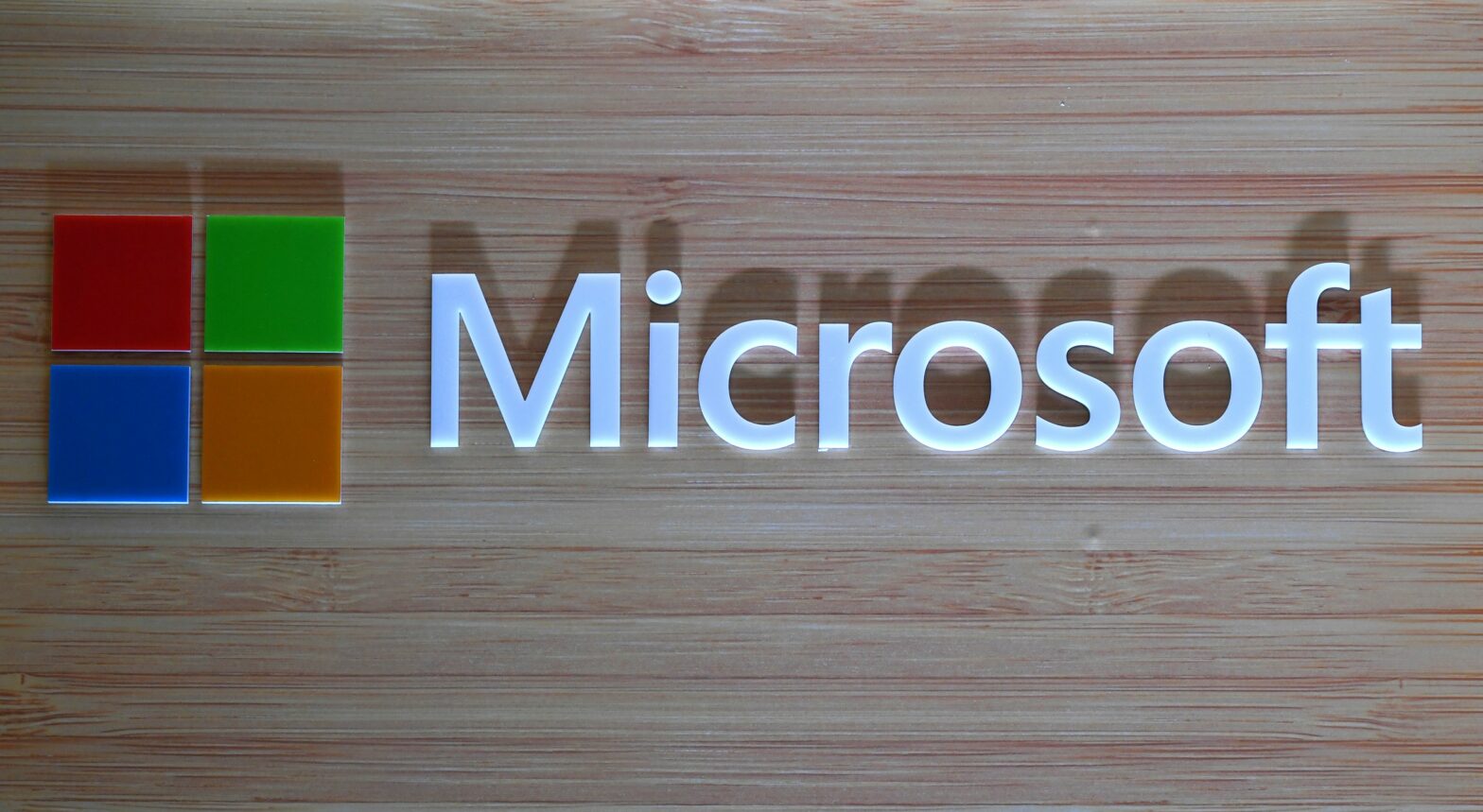In October 2006, the financial services industry celebrated the 20th anniversary of the so-called ‘Big Bang’, the de-regulation of the London Stock Exchange that helped to transform the City of London from a gentlemen’s club into an international financial powerhouse. ‘Big Bang’ resulted in increased competition and fundamentally changed the way in which stocks were traded, stamping out flagrant nepotism and hailing instead the era of the trading screen.
In order to keep up with the competition, firms were required to make hugely expensive investments in powerful mainframe systems that demanded armies of technicians to support them. For smaller, and in particular, partner-owned firms, the technology costs were crushingly high, and many organisations, unable to make the investments, simply fell out of existence.
Since 1986, nothing has impacted the financial services industry so profoundly as ‘Big Bang’, both in terms of its competitive culture, and its technological infrastructure. But now another big regulatory reform is on its way: from this November onwards, European financial players have just one year to comply with a sea of regulation, known as the Markets in Financial Instruments Directive (MiFID), that promises to rival the ‘Big Bang’ in terms of its long-term impact, if not its benefits. And, once again, technology will play a central role in its success.
Like ‘Big Bang’, MiFID, which is effective from November 1, 2007, is intended to help create a level playing field and increased competition within financial services. The directive also aims to inspire greater transparency in order to ensure that investors, and in particular the oft-naive retail investors, receive a better deal from their brokers. The ‘pinstripes’ now, more than ever, will be accountable to their customers, whether pension fund managers or private investors.
Perhaps most importantly, the European Commission (EC), which parented the initiative, hopes to ‘harmonise’ European financial markets, and to effectively create one single market of more than 450 million people, akin to that of the US. It is no small task, and one that has naturally prompted much grumbling throughout European financial centres.
Besides the overwhelming administrative burden MiFID entails, the direct costs of implementing its changes will be substantial. According to Anthony Kirby of the industry body MiFID Joint Working Group (JWG), Europe could sleepwalk “into a $20 billion bill collectively”, if it does not grab the strategic advantage of MiFID. Much of this expenditure will be devoted to funding major infrastructural changes, making MiFID a key driver of pan-European technological investment, and a salutary case study in aligning IT changes with compliance requirements and business objectives. “Like most case studies, it’s something you’d rather read about than live through,” says Chris Pickles, Chair of MiFID JWG.
The details of MiFID, first broadly outlined in April 2004, are still to be fully concreted, and in parts will be determined by the UK Financial Services Authority (FSA). These are expected no sooner than January 2007, while the FSA’s latest paper, published in October 2006, has seen fit to make alterations to the known implementation plan. Firms have therefore been wary of diving into large-scale implementations, when they have thus far been faced, at best, with a set of ‘known unknowns’.
Furthermore, the controversy surrounding many of the FSA’s proposals has only heightened this atmosphere of uncertainty. As a result, the IT vendor community has remained on tenterhooks, while most compliance officers and CIOs have so far bided their time, and waited for the first movers to lead the way. Now, there is little time left to make the necessary changes that will evidently prove fundamental and complex.
The challenge
First, MiFID will effectively abolish the pseudo-monopoly that European exchanges currently hold in the form of the ‘concentration rule’, which demands all equities trades are reported on an exchange. Come November 2007, other registered execution venues will be allowed a piece of the pie, which could potentially create hundreds of European execution platforms. And, as MiFID also demands that all traded stocks are to be listed publicly on an execution venue, this will mean that the amount of data firms are required to process and aggregate will be significantly increased.
“Our challenge as a front office,” explains Kevin Bourne, head of equities execution at HSBC, “is watching what will happen, understanding how to access all execution information, correlate and manage that, and then execute efficiently for our client.”
Secondly, achieving an efficient execution will become particularly important under MiFID, which demands firms achieve what the EC has dubbed ‘best execution’ across multiple venues. In order to do so, firms will be forced to make significant new investments in their front office platforms, in terms of electronic trading, increased connectivity across multiple regions, and low latency feeds linked direct to exchanges to ensure speedy execution.
But achieving ‘best execution’ will not be enough for the regulators. Firms will also have to be able to prove best execution in retrospect, meaning all firms will have to store these bloated data records for up to five years. They will also need to track transaction and client reporting, as well as responses to clients’ and regulatory queries. All this will require significant investment in records management and storage capacity. In addition, MiFID stipulates firms demonstrate improved knowledge of the client on whose behalf they are trading, and what they should and shouldn’t trade for them.
Pull all this together, and it equates to some big challenges for the CIOs at the big, and small, City institutions.
According to PJ Di Giammarino, founder of the industry think tank MiFID JWG IT, and former COO at Barclays Capital, MiFID could have an impact “right the way down the stack” with power and cooling implications in the data centres trying to cope with the extra workload. Many firms will also have to develop more sophisticated methods of storing vast amounts of data in a meaningful way that ensures near real-time retrieval capability. “Big technology will be needed to take data that isn’t well linked today in both structured and unstructured format, and pull them together quickly at the point of interaction with the customer,” adds Di Giammarino.
For the ‘average’ bank, according to MiFID JWG’s Kirby, the fixed cost of complying with all this could be anywhere between e30-50 million, while Pickles notes that some continental investment banks have budgeted around e100 million, 20% of which will be spent purely on IT. This might be overblown, he adds, but it’s crucial for CIOs to have the cash up front. “If you don’t have the budget, to go back and ask for another 10 million is tough; at a corporate level it costs a lot of money, and at a personal level you can wave goodbye to your bonus. CIOs and CTOs [need to] get their IT budget submissions in now.”
But not everyone has been moving as fast as they should. According to Di Giammarino, firms are now past the “understanding” stage, and are beginning to move towards drawing up proper implementation plans. But testing will have to begin in six months’ time if firms are to be live and compliant on November 1, 2007, and the majority of the financial services industry simply will not have the systems in place to test. Overall, says Steve Webb, partner at Capgemini, readiness in Europe is patchy. “If you’re only just starting now good luck, because there is an awful lot to do in a year,” he adds.
“Some continental investment banks have budgeted around E100 million, 20% of which will be spent purely on IT.”
The industry’s collective denial has not been helped by the distinct lack of thought leadership on the part of the IT vendor community which, seemingly phased by the sheer opacity of MiFID, has adopted an uncharacteristically low profile. In particular, the big vendors such as IBM and Microsoft have been notably lacking in their contribution, particularly in the case of Microsoft, whose ownership of the desktop would make it well placed to participate in the debate. According to Di Giammarino however, the smaller vendors have offered more innovative solutions. But they have had to find their own way, with little help from their multi-national blue chip friends.
For the few banking giants occupying the top tier, the commercial implications of MiFID forbid a slow-moving response. Already they are looking for ways to recoup their investment, which will only be made possible by positioning themselves as early adopters. Unlike some of their smaller rivals, they have the resources, intellectual capital, and political will to make this happen. But this is not, and cannot, be the case for all participants. The EC intends for MiFID to act, to a large extent, as a Darwinistic exercise in commercial survival, and those who prevail will have already committed to the technological investment.
MiFID basics
• Systematic Internalisers: The near-monopoly of exchanges will be abolished, meaning investment banks will be able to compete against the exchanges by establishing themselves as registered execution venues.
• Best Execution: Firms will have to contract with their clients to achieve the most efficient execution of a trade. This will be dependent on factors including the timeliness of the trade, its price, and the costs of making the trade.
• Pre post trade Transparency: The price of all stocks will have to be published at a registered venue, and firms will have to keep records of all stocks traded for up to five years, in order to be able to prove best execution. This includes what the markets were doing at the time of trading.
• Client Categorisation: Firms will have to demonstrate improved knowledge of their customer profiles in order to ensure they are trading appropriate instruments.






